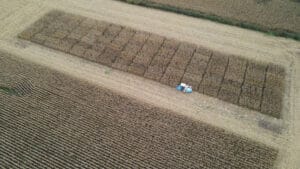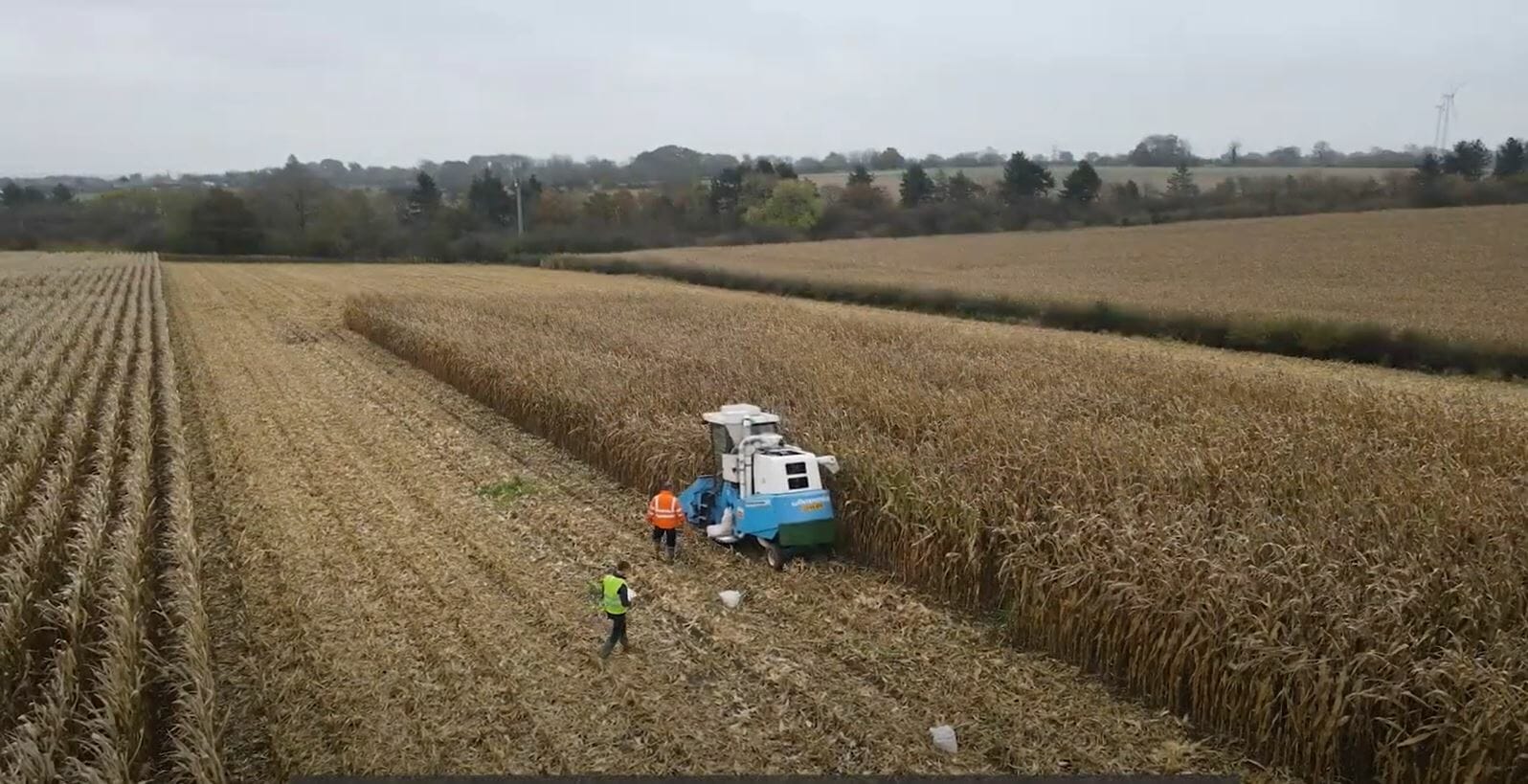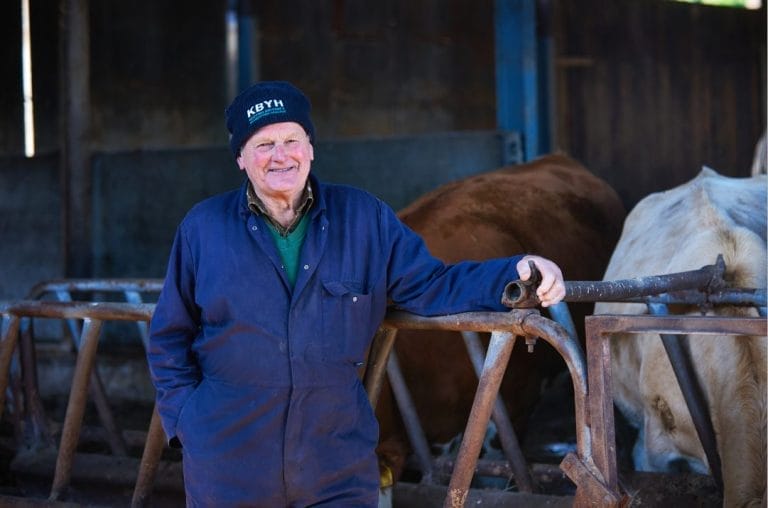“There is still time to get maize in the ground and it could be used to increase forage output with reduced reliance on fertiliser. Maize requires less fertiliser per tonne of dry matter than grass and a large proportion on maize requirements can be met from slurry.
“Alternatively, it could be used to produce crimped maize to help trim the requirement for purchased starch sources. Careful variety selection can allow a degree of flexibility to be retained about how crops are utilised as the season unfolds.”

He says advances in plant breeding mean there have been massive improvements in the standing ability and disease resistance. New hybrids such as Prospect, Pinnacle and Resolute now have the combination of improved agronomy plus the advantages of superior digestibility and high starch yield, making them ideal for quality forage and also for crimping.”
If 2022 is a better than average grass growing season so grass silage yields are higher and if maize crops grow well, Mr Camplin the situation might develop where a proportion of the maize could be crimped to help reduce the requirement for purchased starch sources for the TMR.
Crimped maize is typically a 65-75% dry matter feed with 14.0-14.5MJME/kgDM and 60-70% starch making it a valuable ingredient in diets. Having been processed prior to clamping, it is a rumen-friendly feed with a higher proportion of bypass starch. It can be clamped or stored in AgBags.
LG has been running UK trials looking at crimping potential and Mr Camplin advises that variety choice allows flexibility of use to be a real option.
“We ran trials on three locations with an average 27.5% moisture at harvest with the wettest crops being 33%. As the crops are harvested around six weeks after silage would have been taken, it is vital to be growing early maturing varieties and to allow the maximum growing season. So I would recommend not making crimp from later drilled crops. 
“Early maturing varieties that performed best in the trials are LG30179, Prospect, Resolute and Pinnacle, so growing these varieties would give the option for quality forage or a crimped crop (see table).”
He stresses the importance of selecting a variety suited to the farm and to look for varieties with low levels of disease and high standing ability and lodging resistance. As crops are harvested later it is essential they stand well. Bad infections of fusarium, for example, can lead to fusarium stalk rot which can weaken the stem and increase the lodging risk.
If a crop is being planted specifically for crimped maize, he advises it is usual to reduce the seed rate to 85,000 seeds/ha. This is primarily to help bring maturity forward but this is less of a concern if an early variety has been chosen as they tend to have good cob maturity. However, having more space and light will help improve cob size and starch content.
“If a grower is interested in growing a crop guaranteed to produce high quality forage but which could be switched successfully into crimping to maximise the contribution from maize the key will be choosing an early maturing variety with good feed quality and the best agronomics.
“In this way, maize can provide a flexible way to meet the challenges of feeding cows this winter,” Mr Camplin concludes.
Crimp grain yields from early maturing varieties 2021
| Fresh Grain Yield | Grain Dry Matter | |
| Variety | t/ha @ harvest | @ harvest |
| Pinnacle | 10.7 | 72.1 |
| Resolute | 10.5 | 70.7 |
| LG30179 | 9.8 | 74.9 |
| Prospect | 9.6 | 74.7 |



































